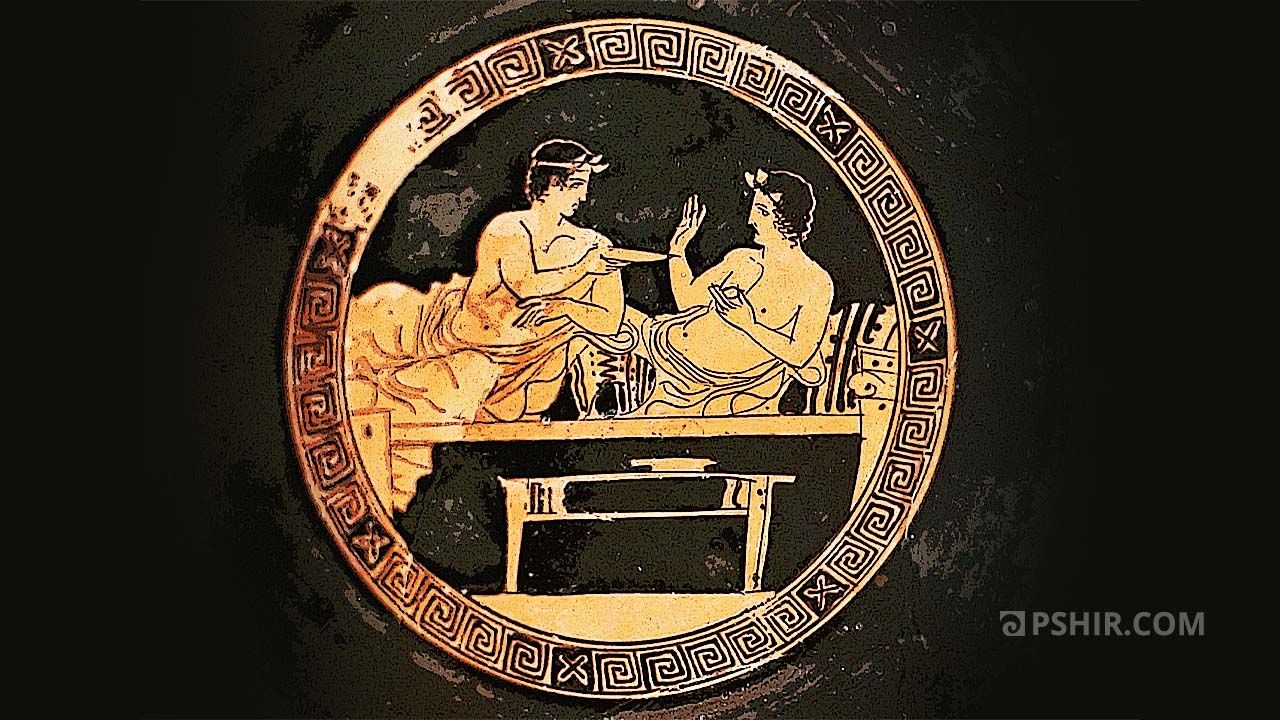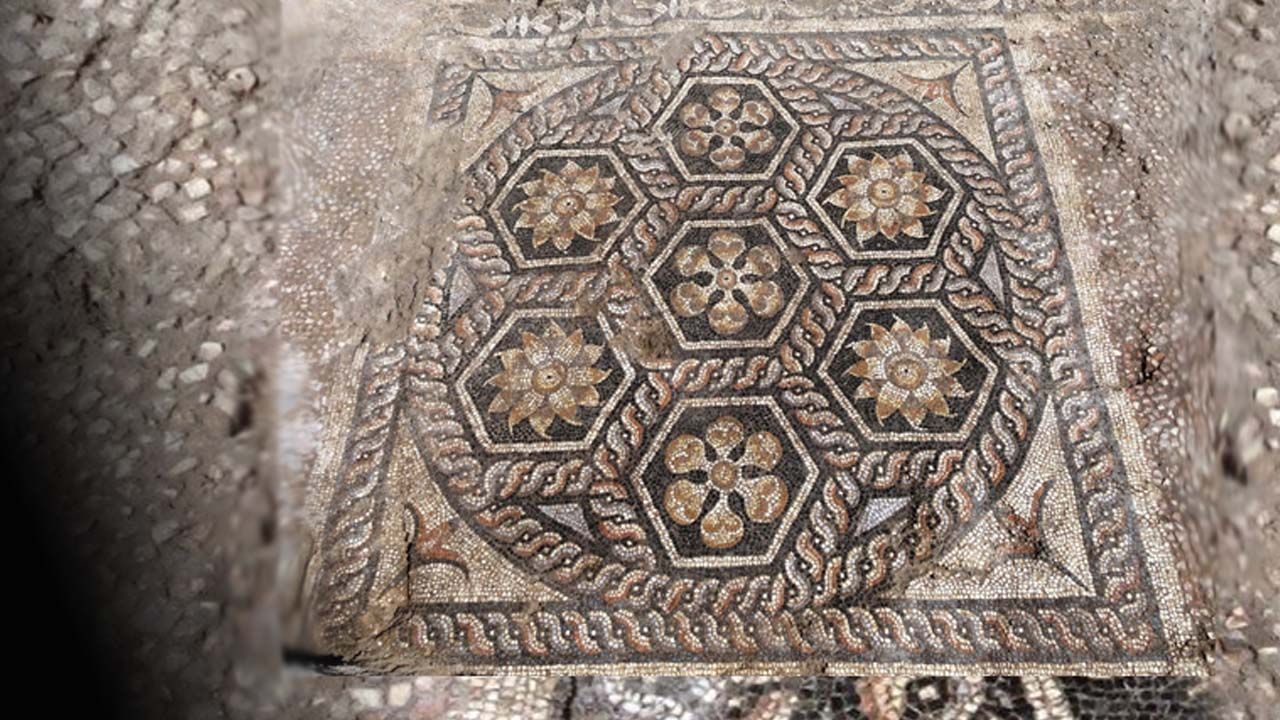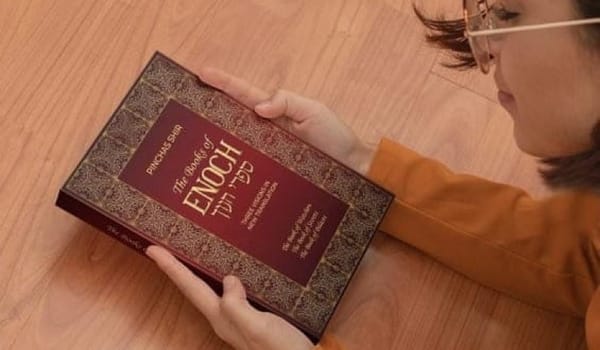Recently, a team of Egyptian and Polish archaeologists discovered a well-preserved Roman mosaic floor in a house at the site of Kom El-Dikka. The archaeological site features a small theater, an imperial bath, and a group of 22 lecture halls that may have been part of a university of some sort. An impressive complex in Egypt, but Roman in design.
Grzegorz Majcherek of the Polish Center of Mediterranean Archaeology at the University of Warsaw said the mosaic floor, which includes six hexagonal panels decorated with images of lotus buds and flowers, showcases a distinctive Alexandrian style. The lotus flower is a Popular Egyptian art motif. He explained:
“Overall, the design of the mosaic, additionally equipped with a transversal field in front decorated with astragals and rosettes, is typical for the triclinia—the most imposing of the dining rooms in a Roman house...”
What is a triclinium? It is a U-shaped dining room equipped with low to the ground couches and cushions on which free men (and certainly wealthy people) reclined during formal meals. People often forget how much Greco-Roman culture influenced the ancient Mediterranean and Egypt of that era was thoroughly infused with Hellenistic culture.
In fact, in the first century, senators in Rome, Pilate in Caesarea, Herod in Jerusalem, Pharisees in Galilee, well-to-do craftsmen in Cyprus, and philosophers in Alexandria Egypt all followed a very similar custom of eating in a triclinium. Back then, a u-shaped triclinium was a dining arrangement as common as long rectangular dinging tables of the European tradition.

Triclinium was the accepted way of formal dining that transcended the borders of many cultures. It was a commonly recognized way to mark a festivity over a meal. Some triclinium constructions were permanent and elaborate and had mosaics like the one discovered in Egypt and others were much simpler. Some are even temporary and makeshift, benches and ramps overlaid with cushions and blankets.
In antiquity, only rich people had dedicated spaces for dining rooms. And only the very wealthy had actual kitchen rooms dedicated to cooking food at home. Outside cooking was by far most common. Most houses in antiquity were on the small side and usually, rooms were multi-purpose. Having a special room for food preparation was not practical.
Most of the time average people simply brought in low tables and couches, arranged them in a semi-circle in a large room they had, and a triclinium worthy of a feast was ready for use. So, when archaeologists find a room dedicated to dining and an elaborate one with special mosaics, they know this is a place where people of status met to share formal meals.











Member discussion